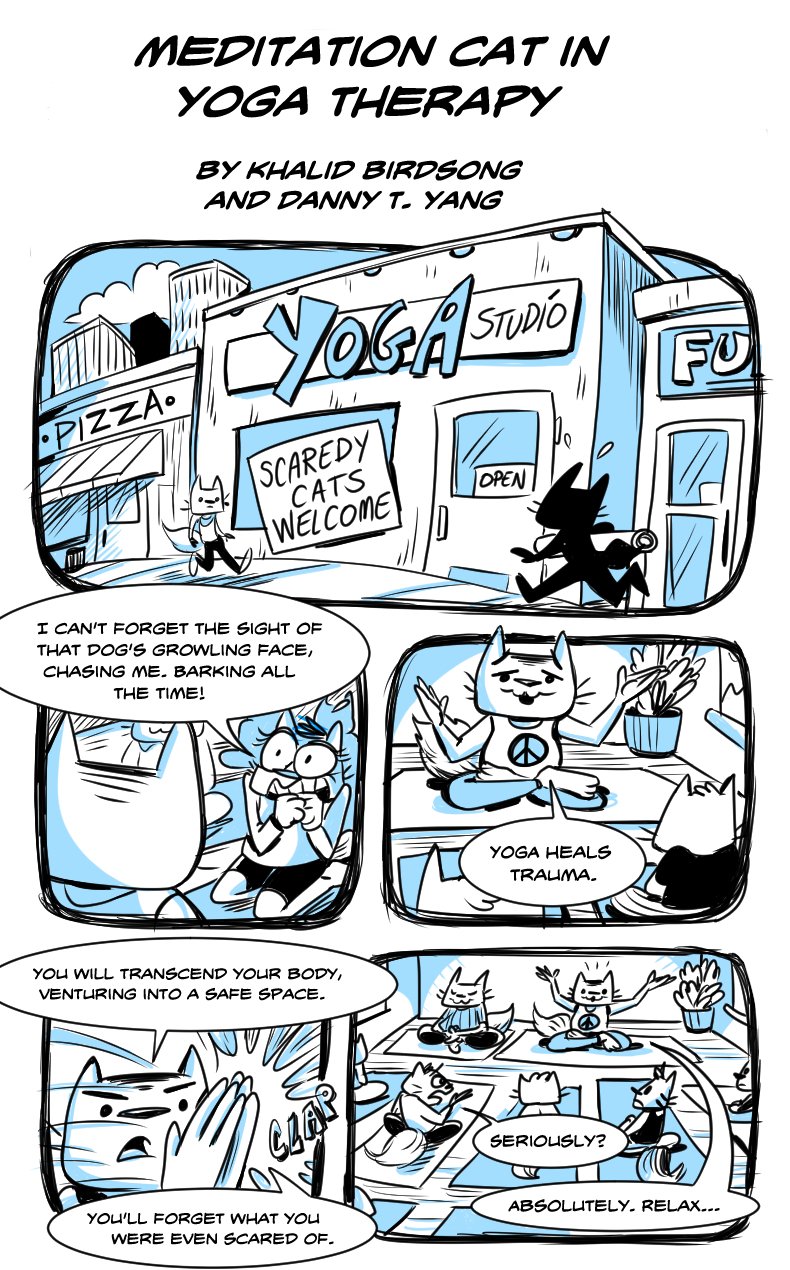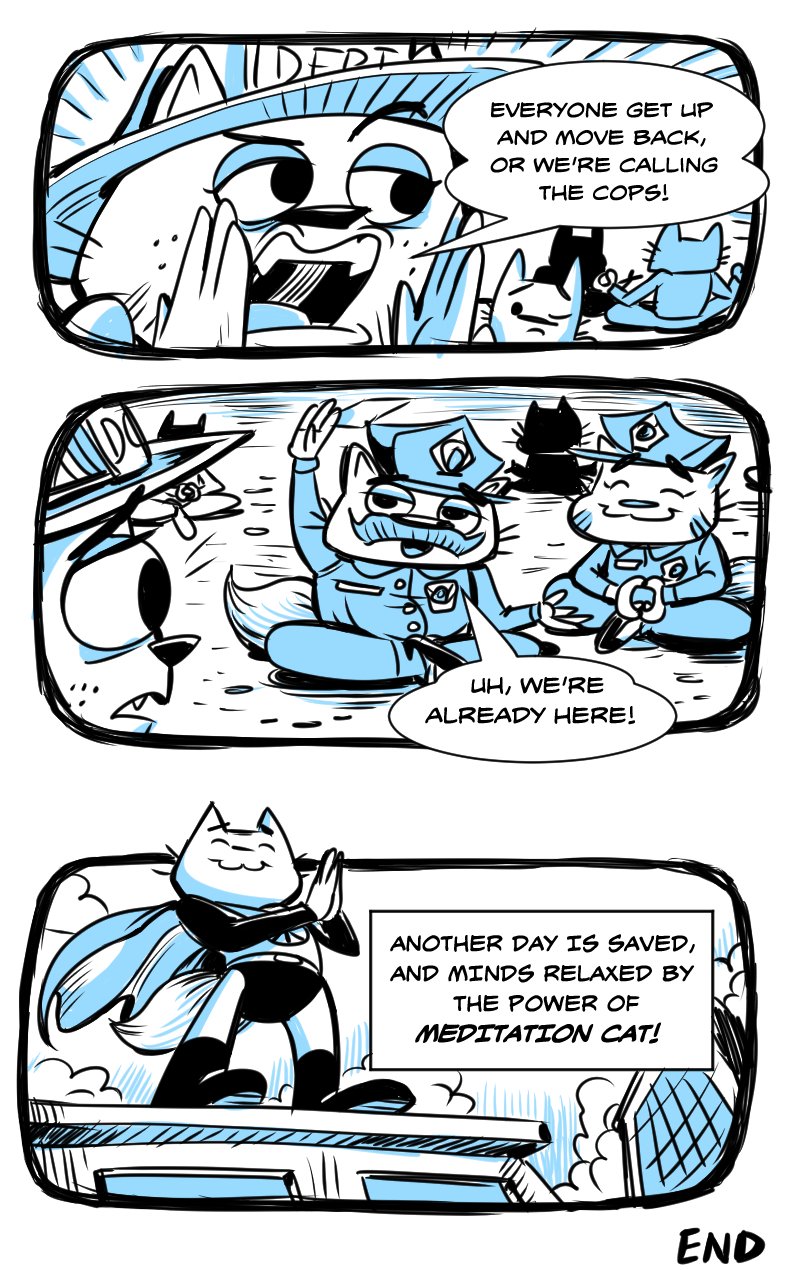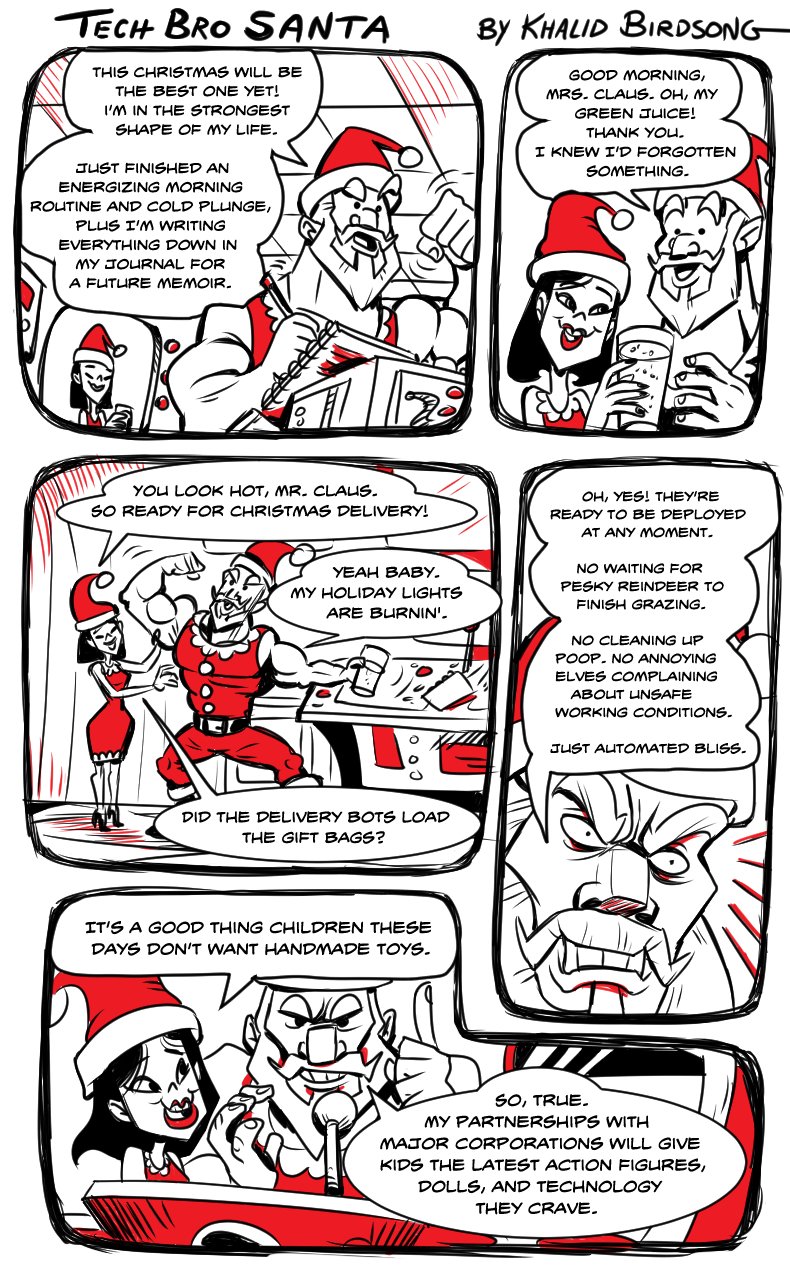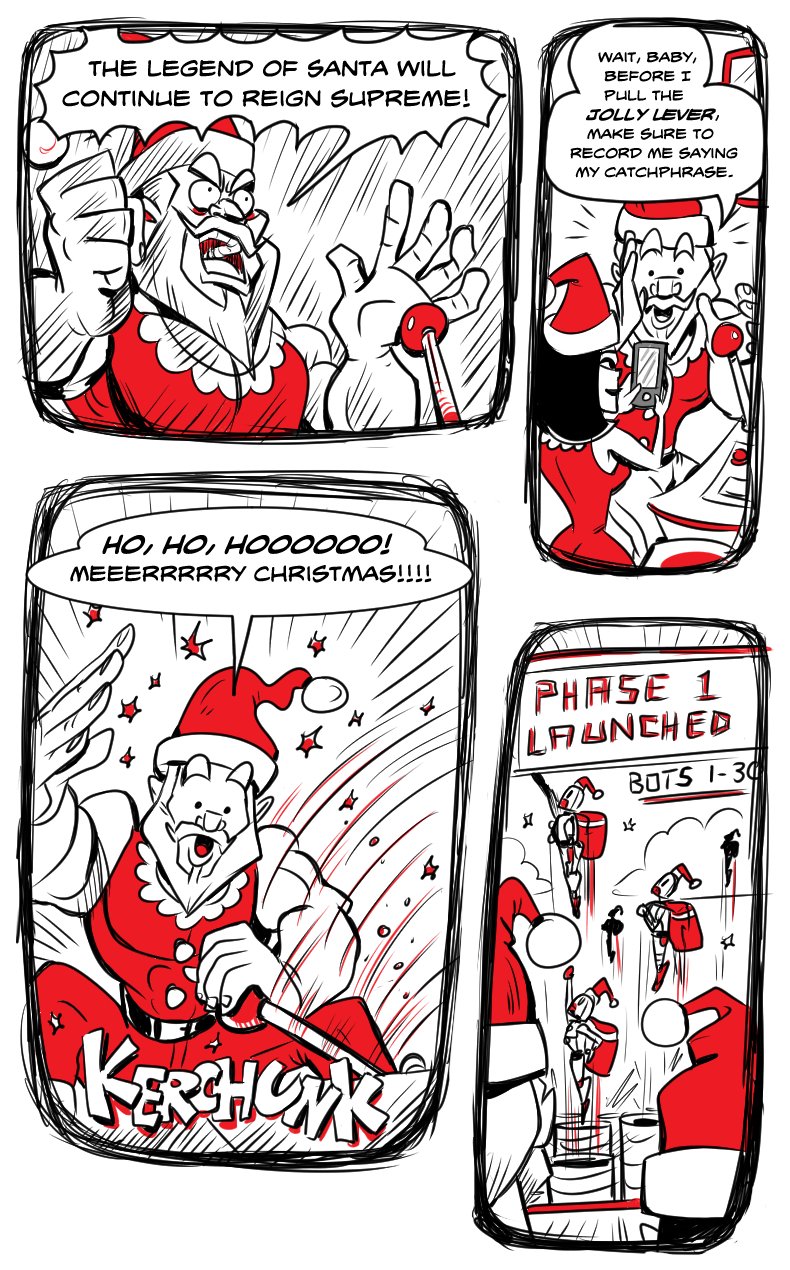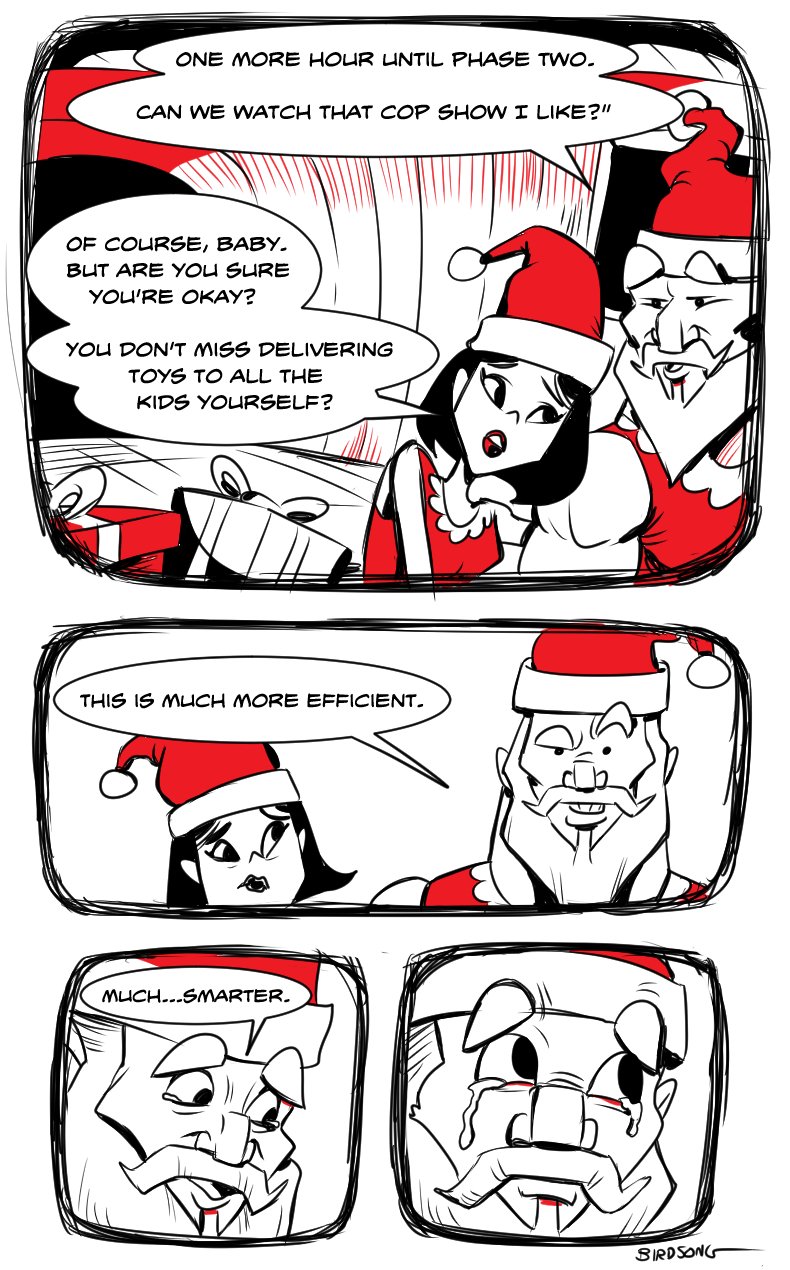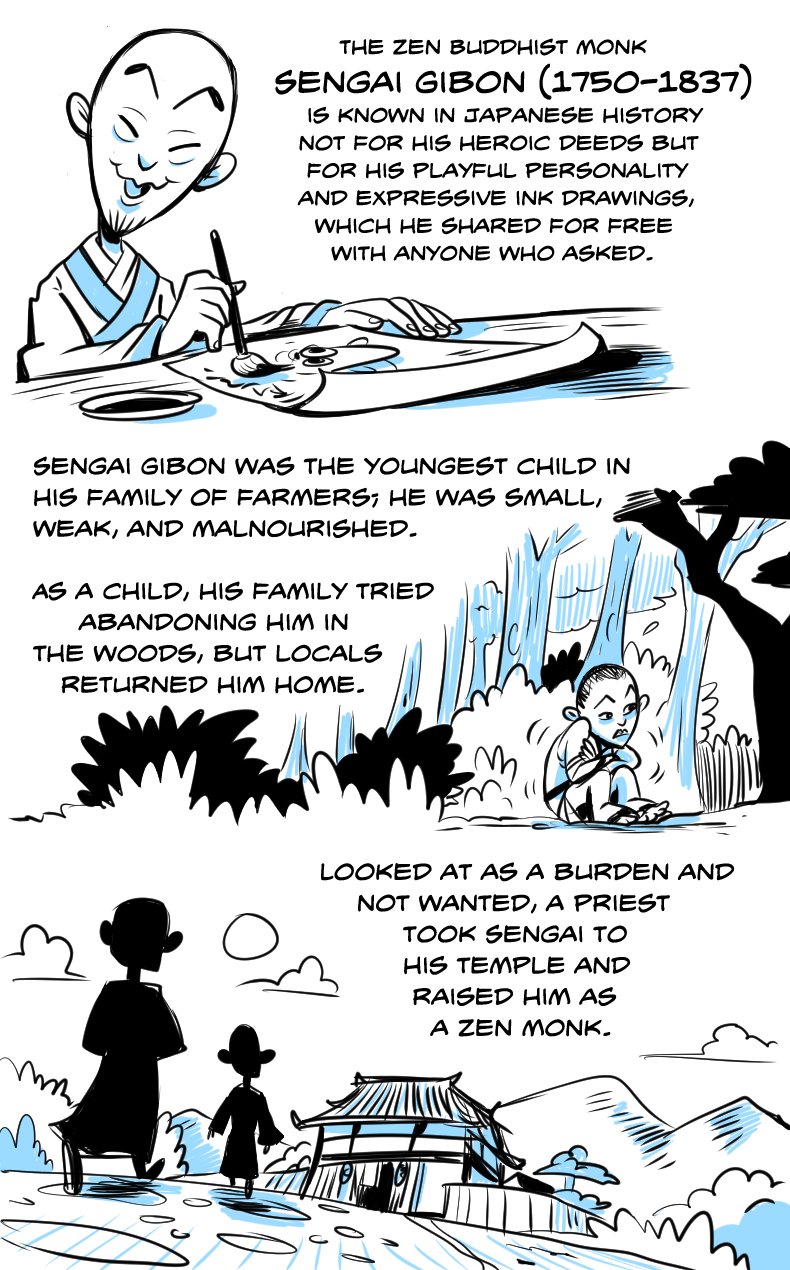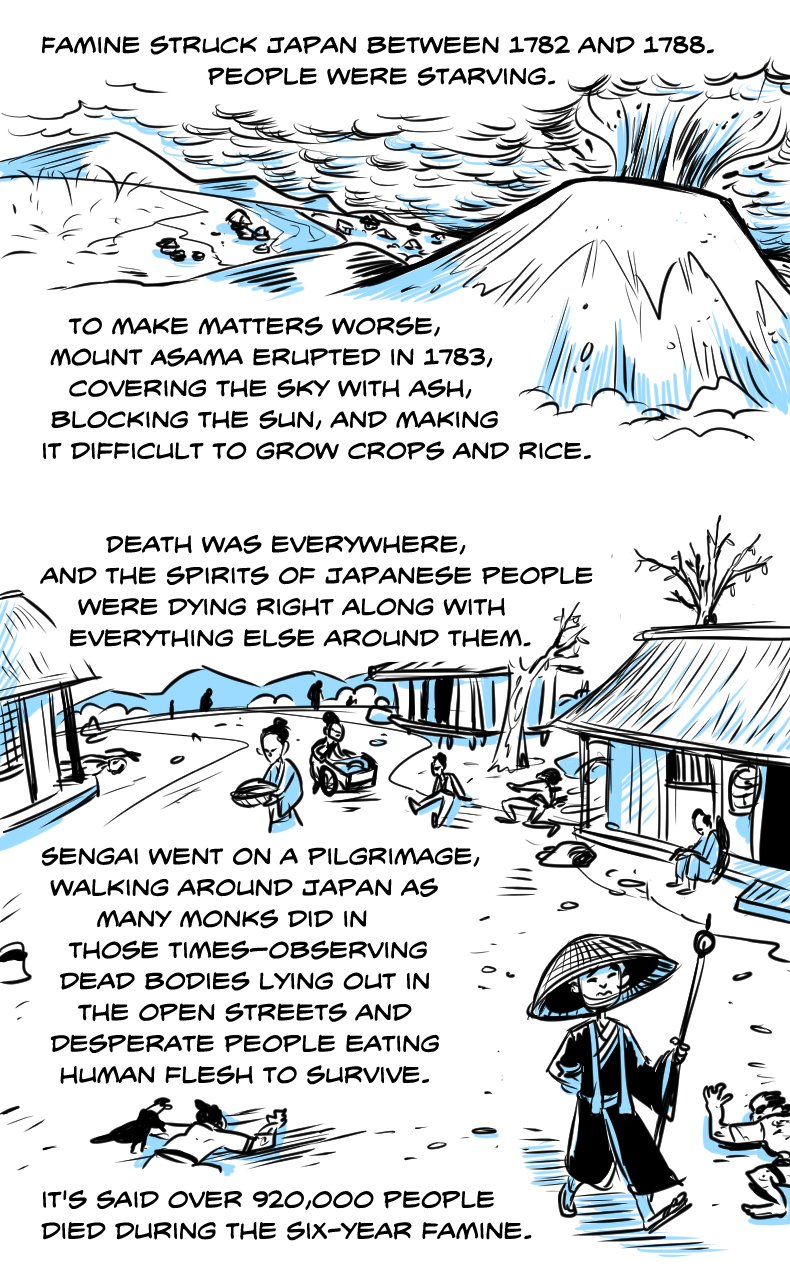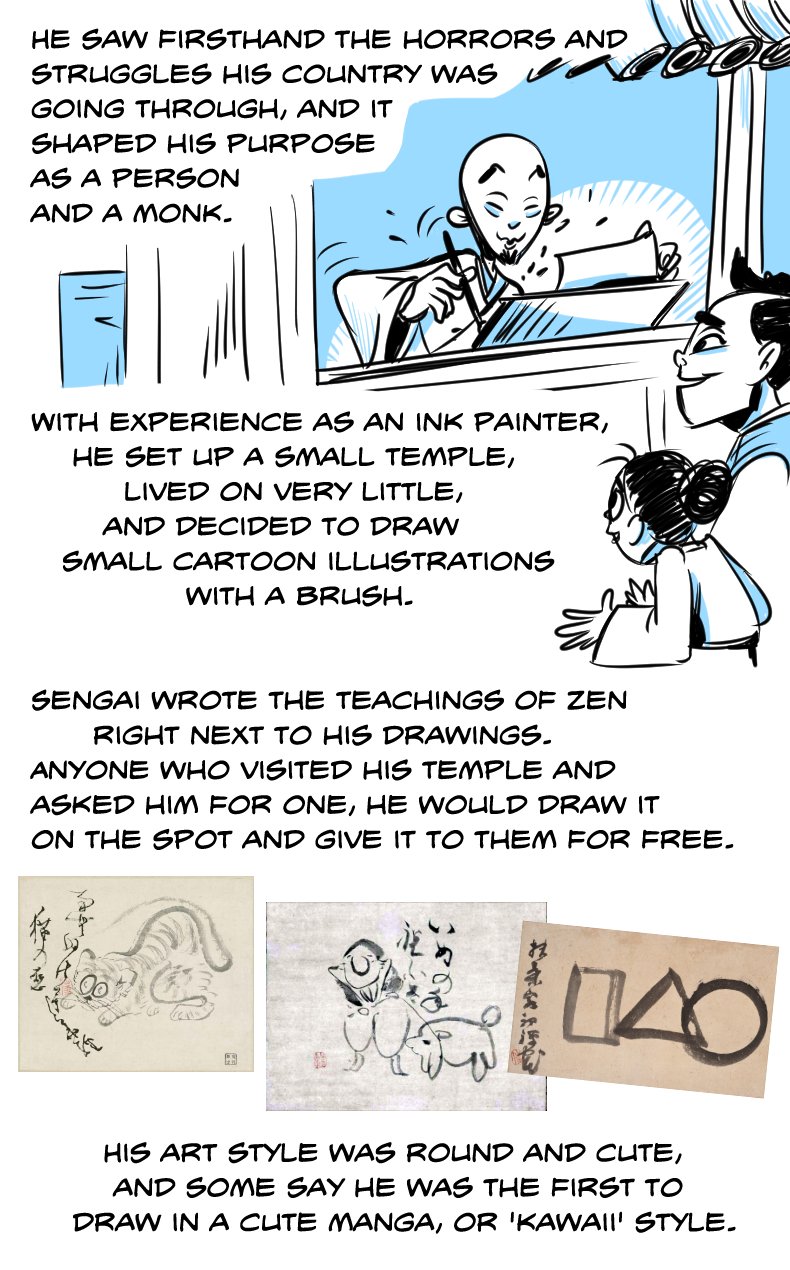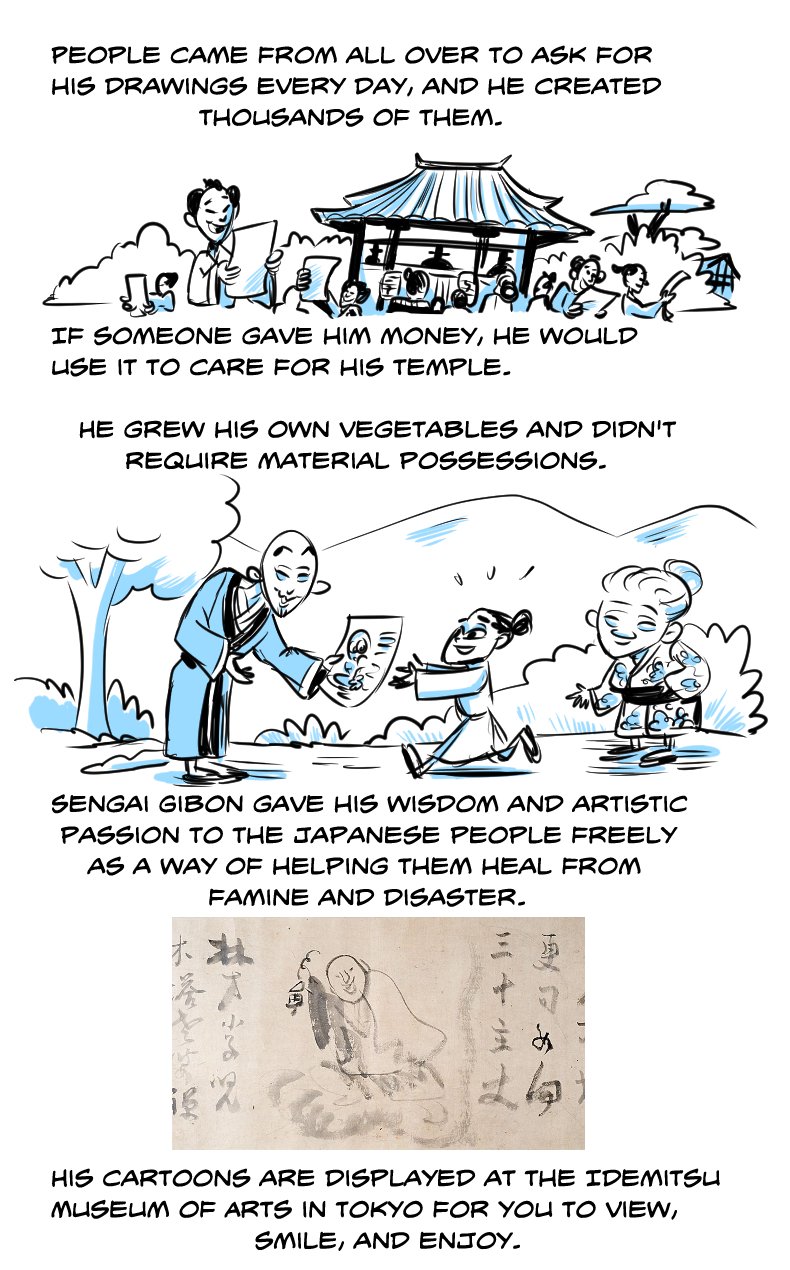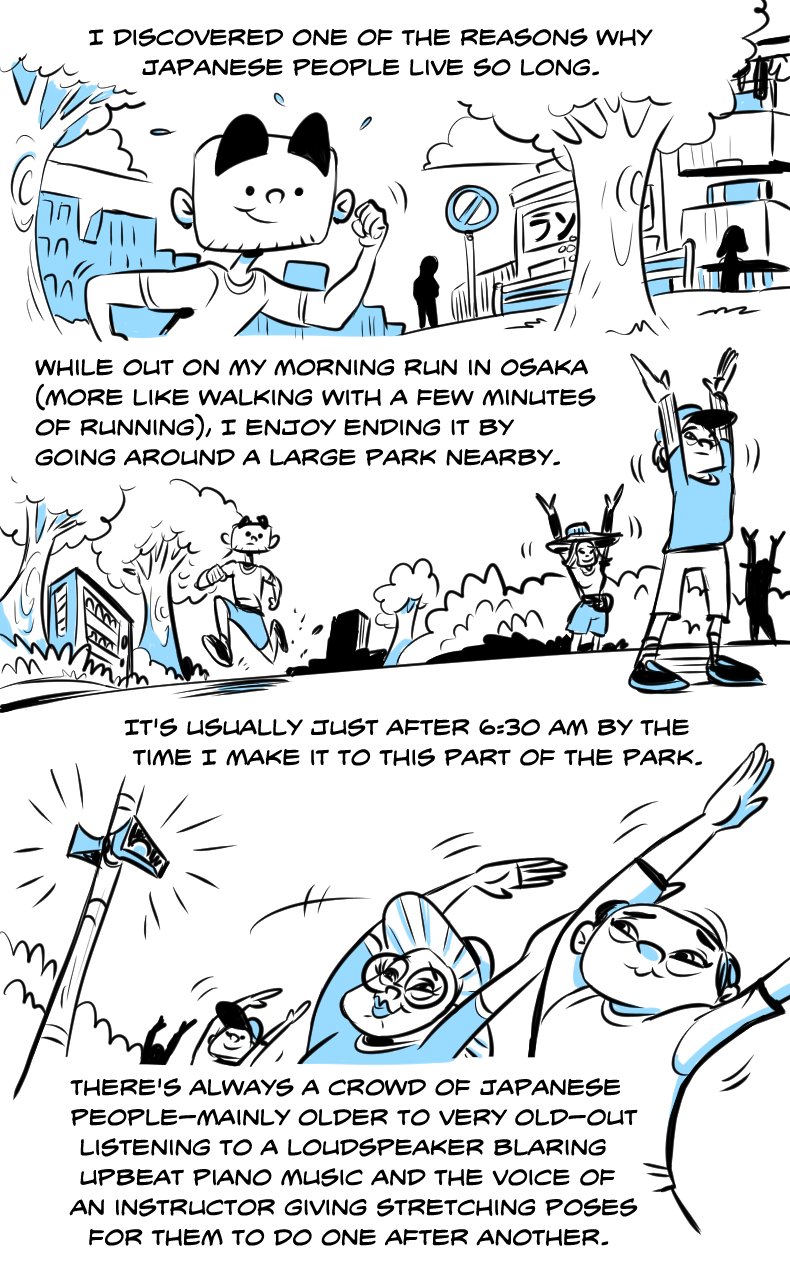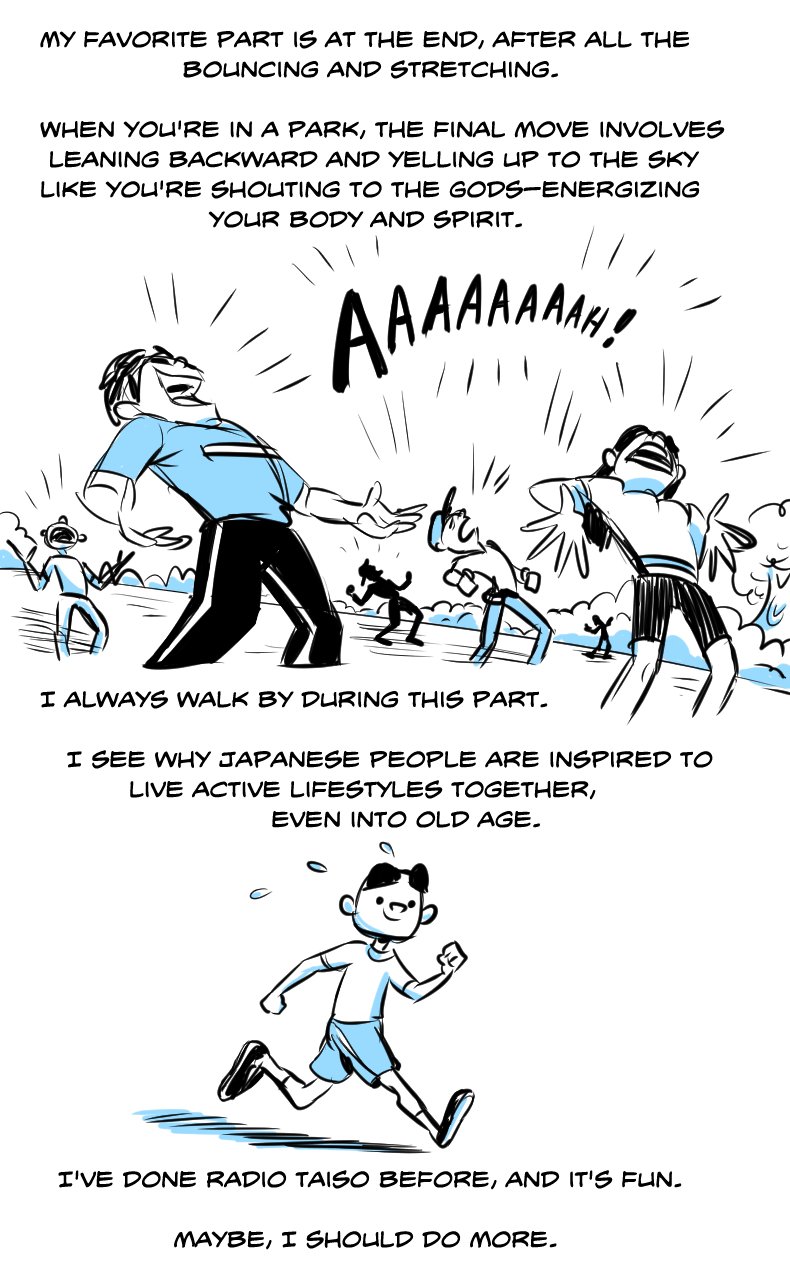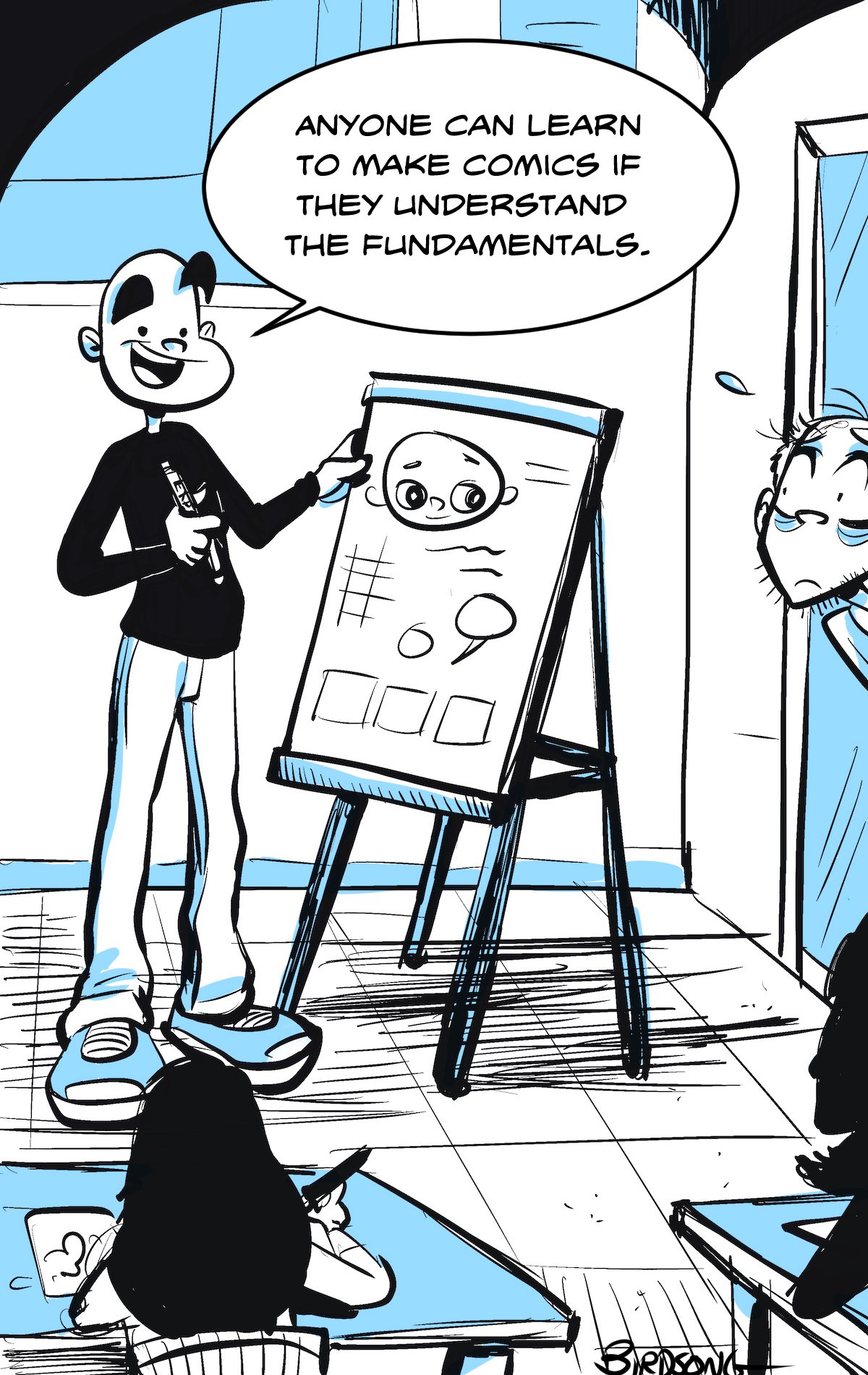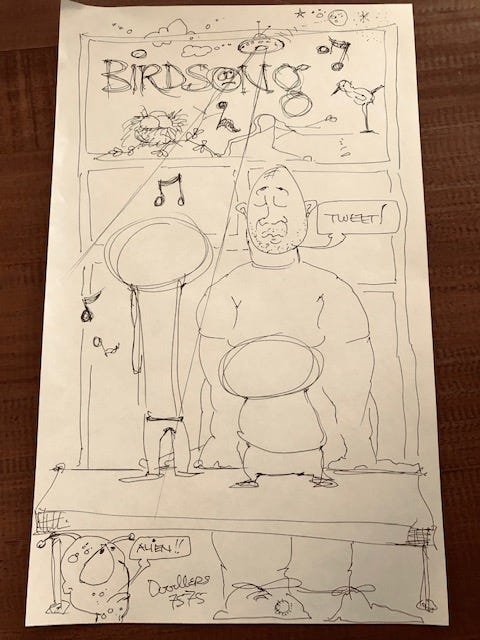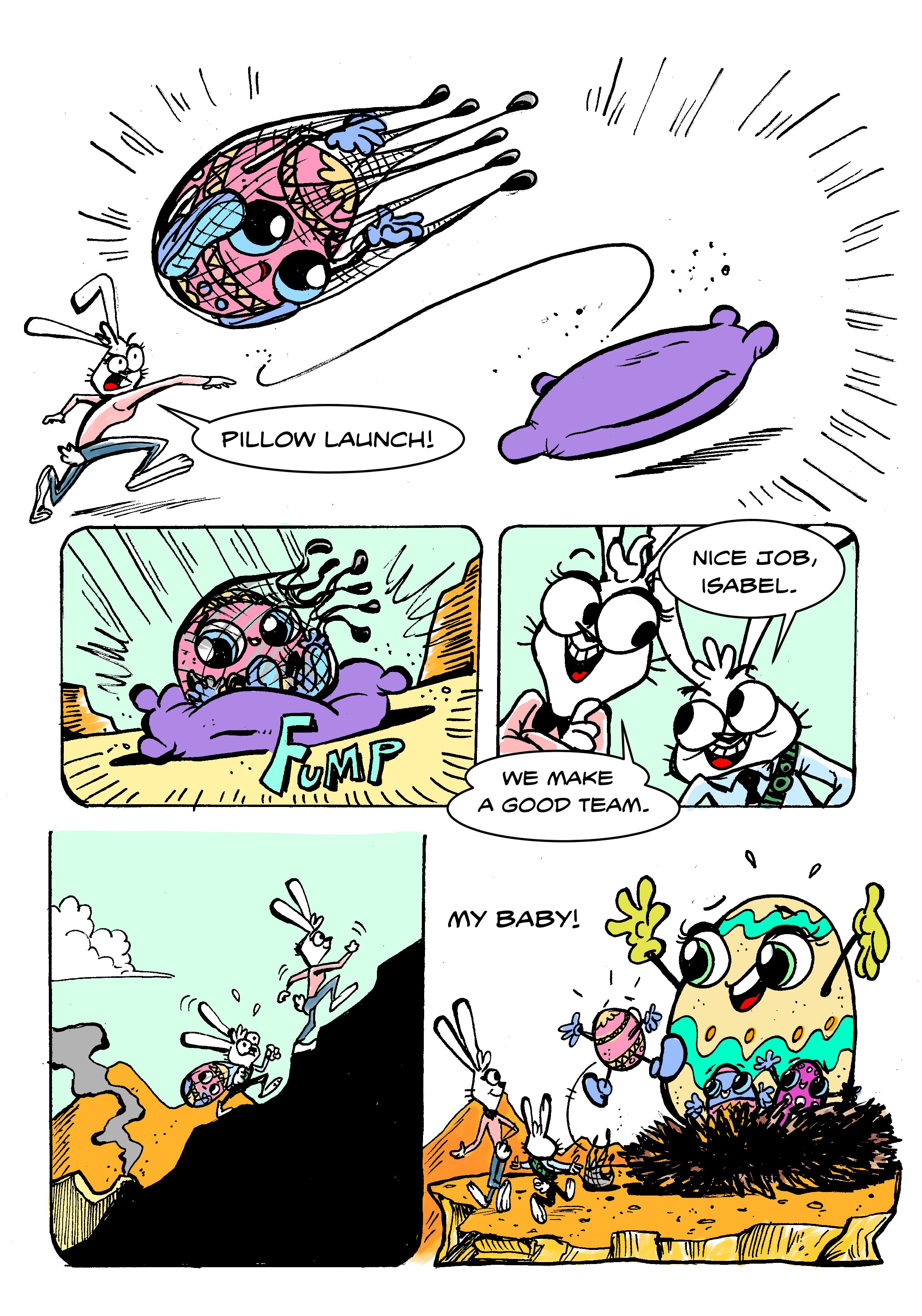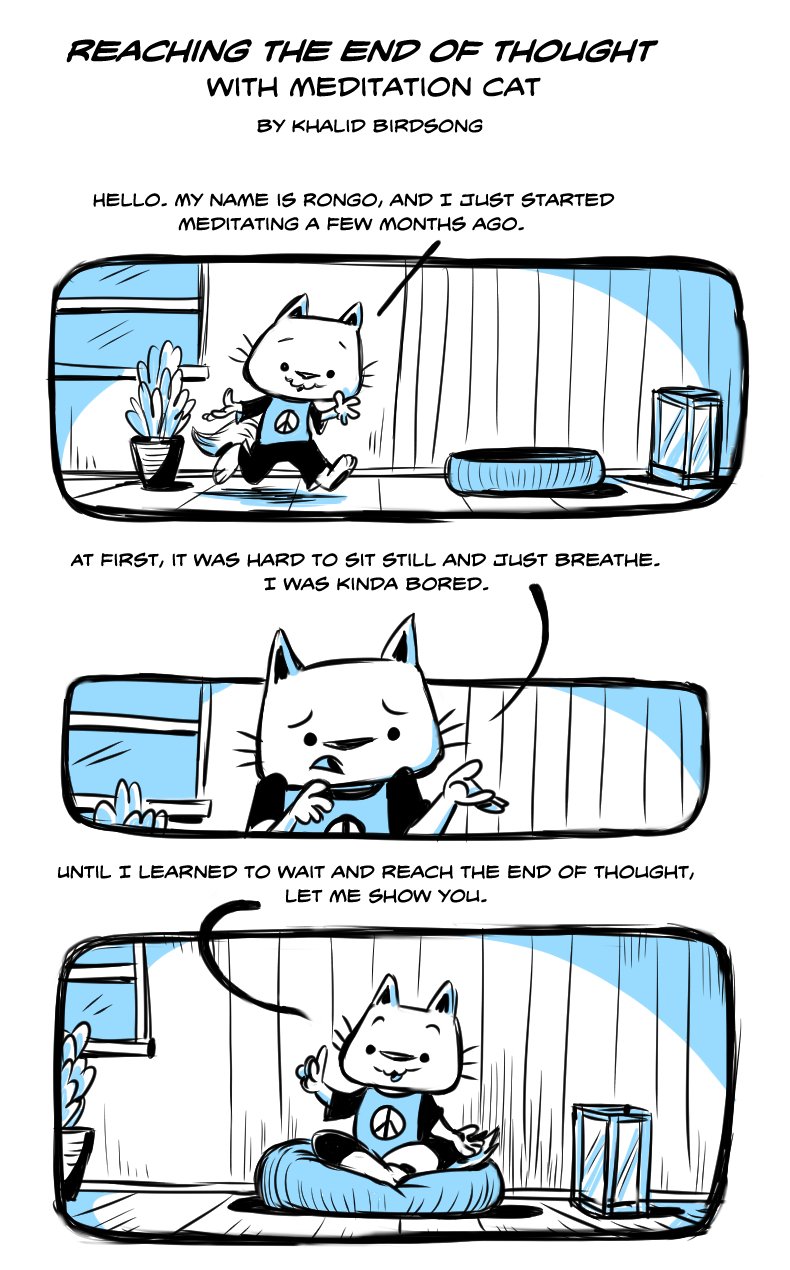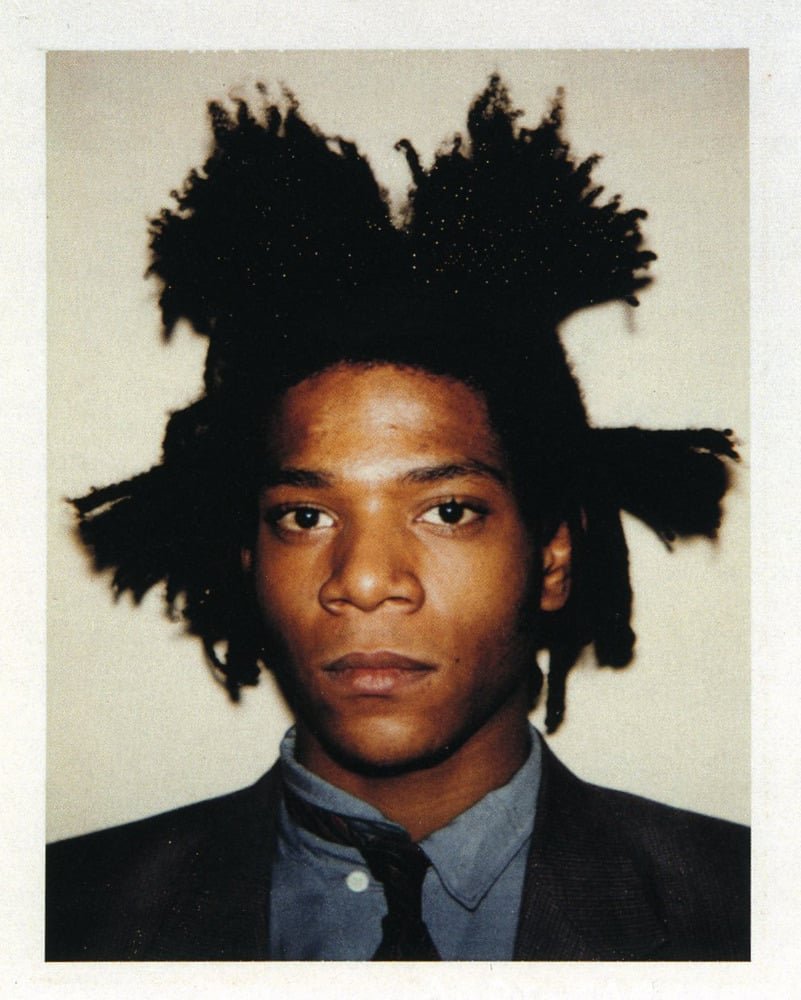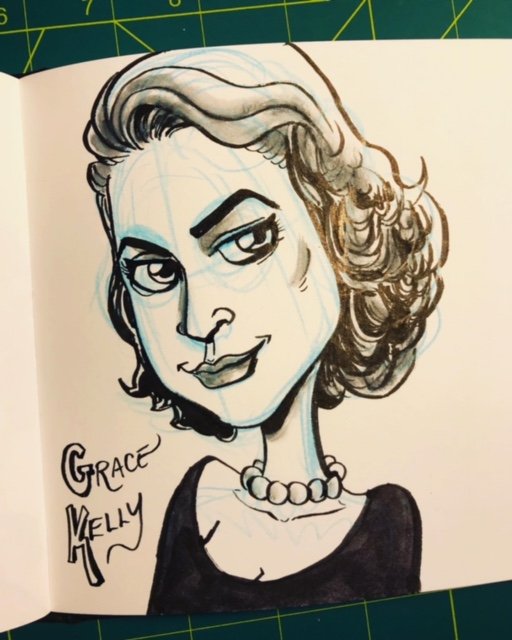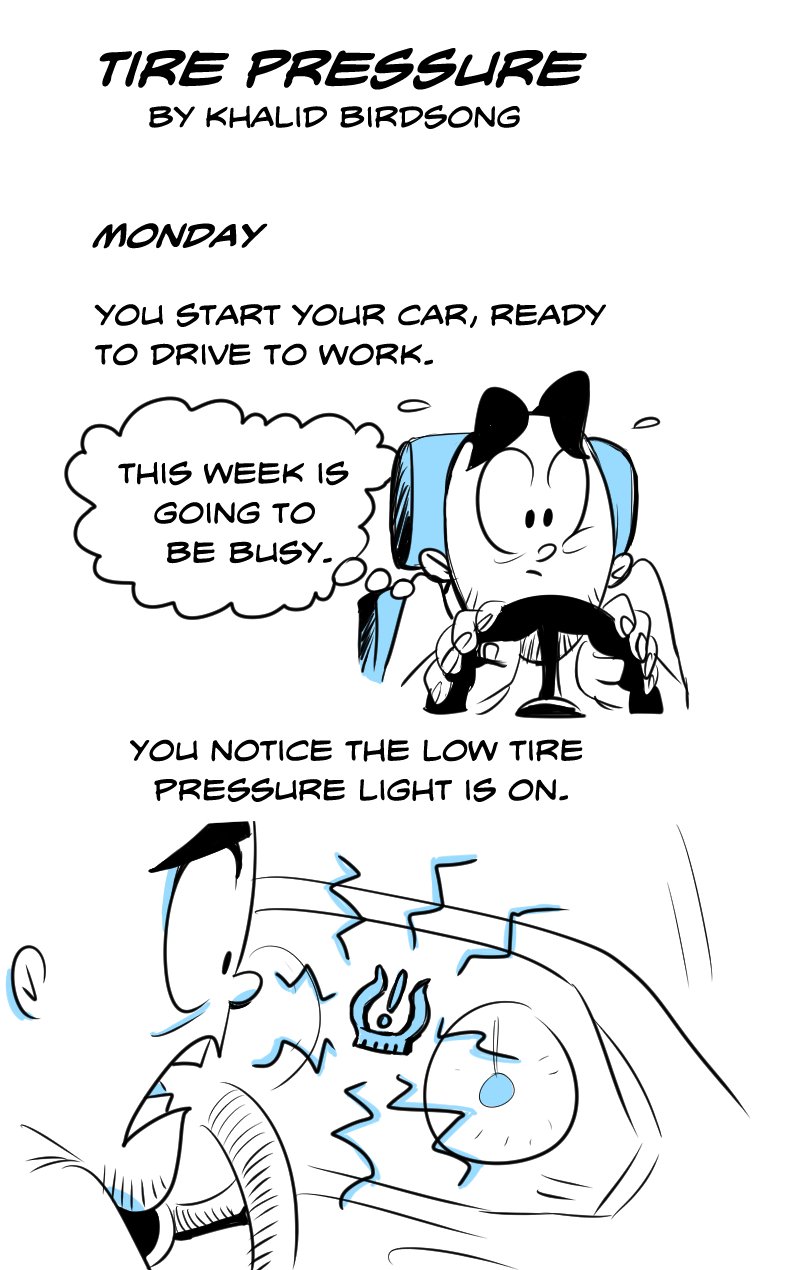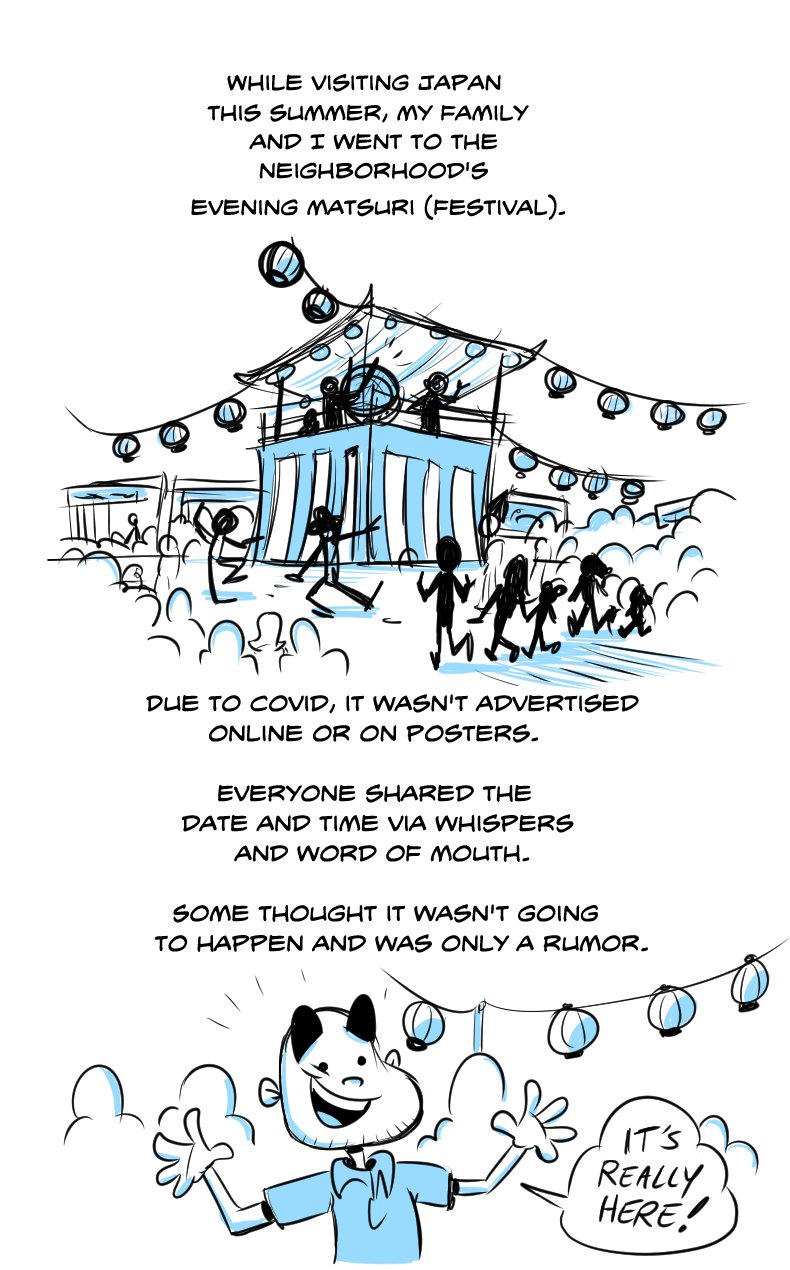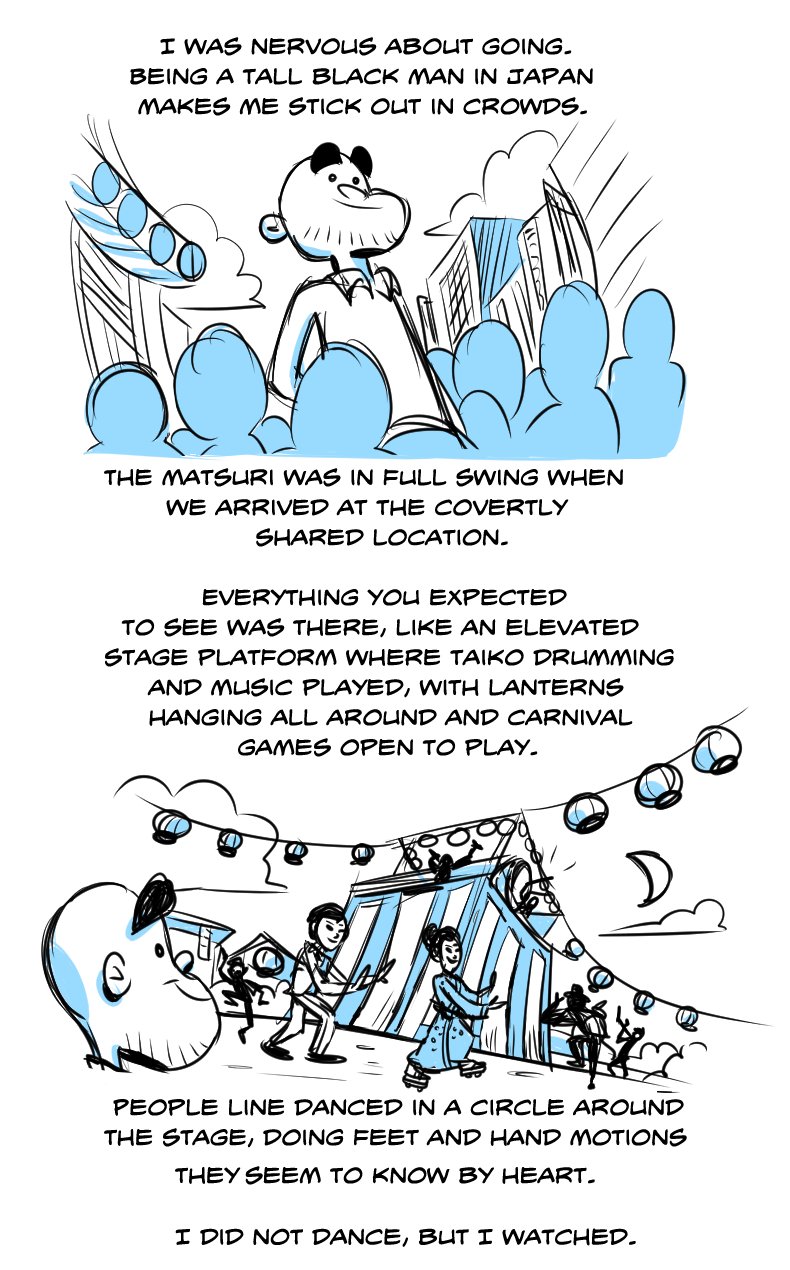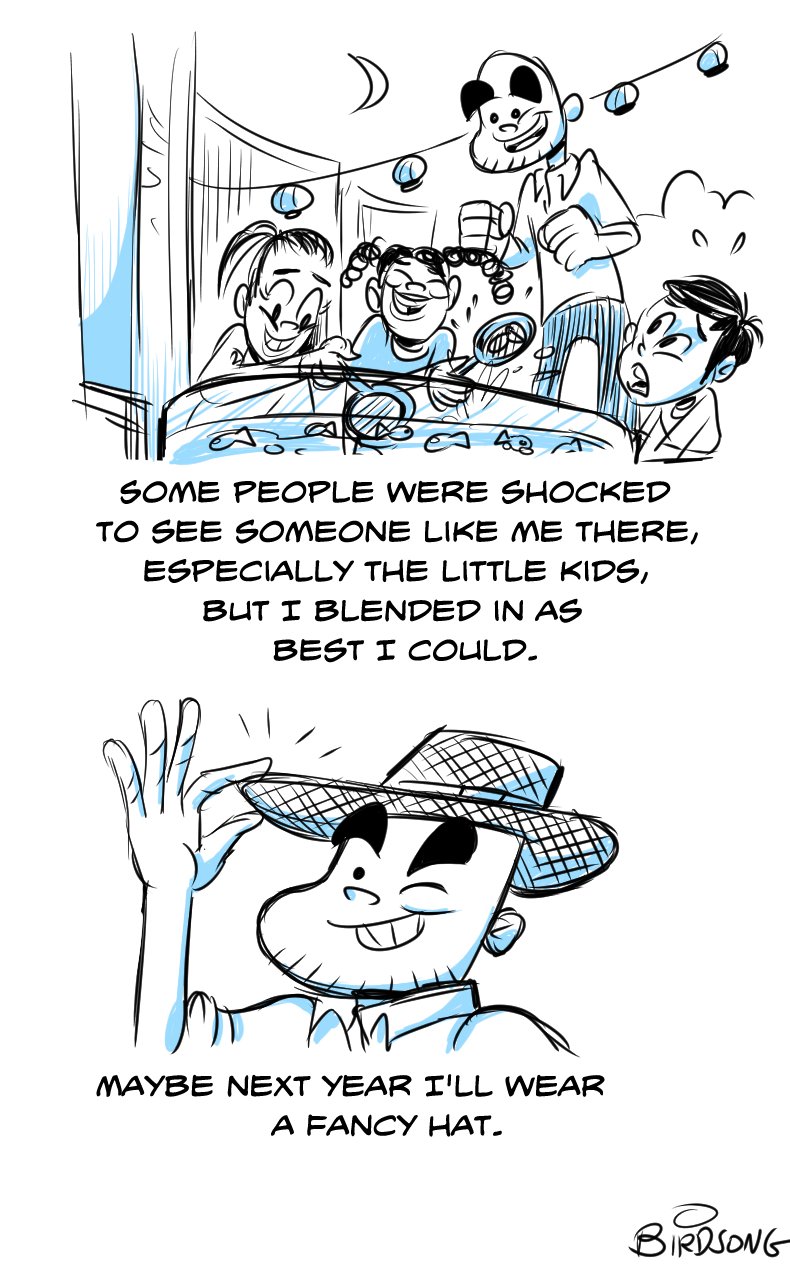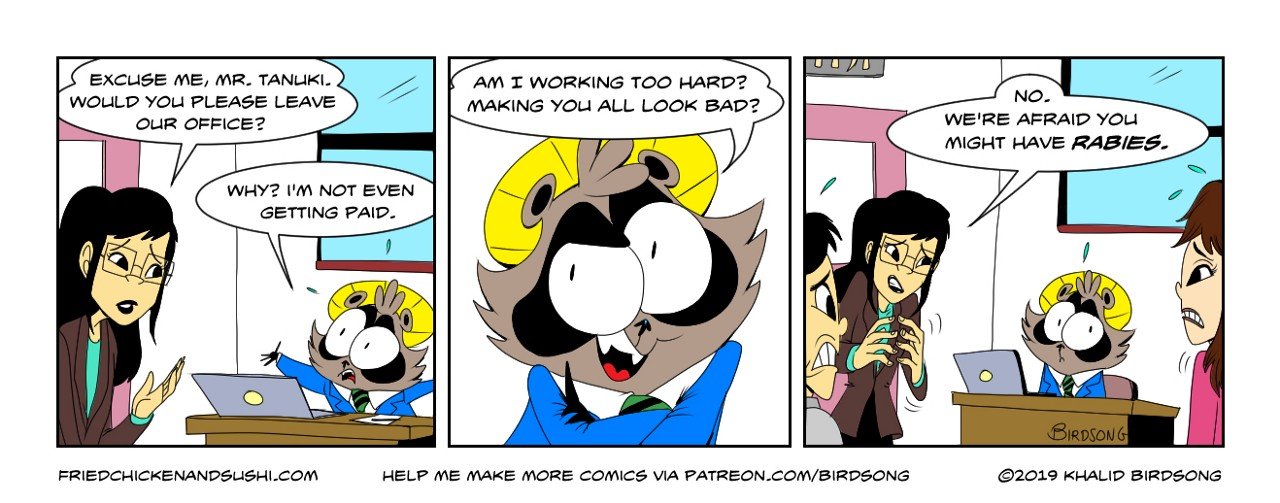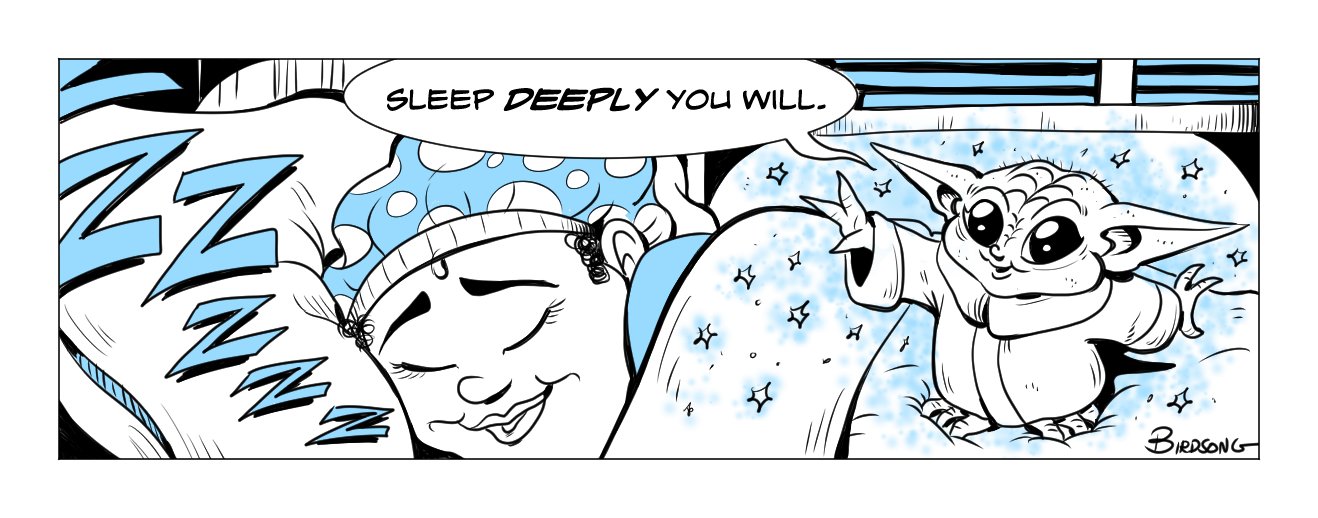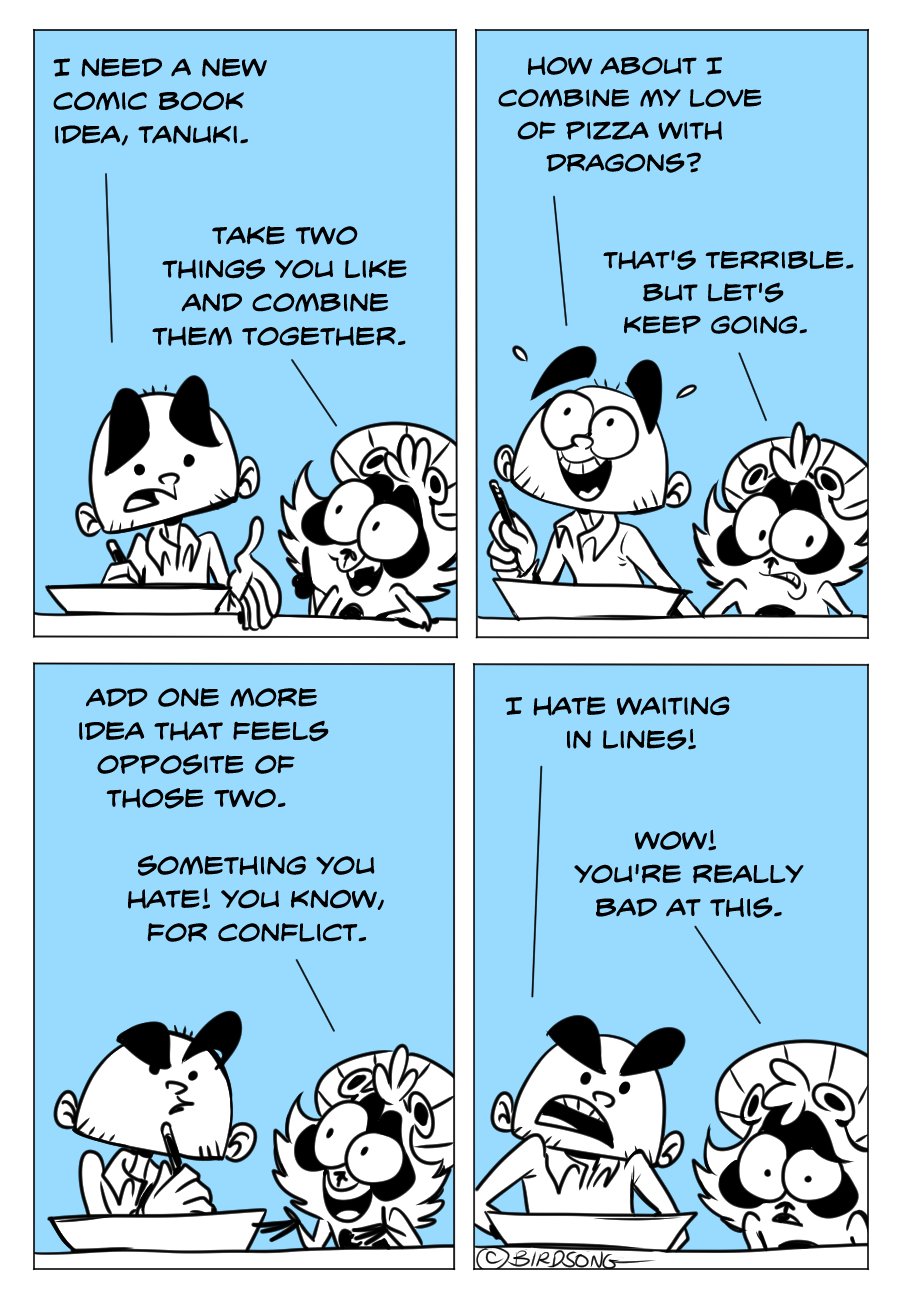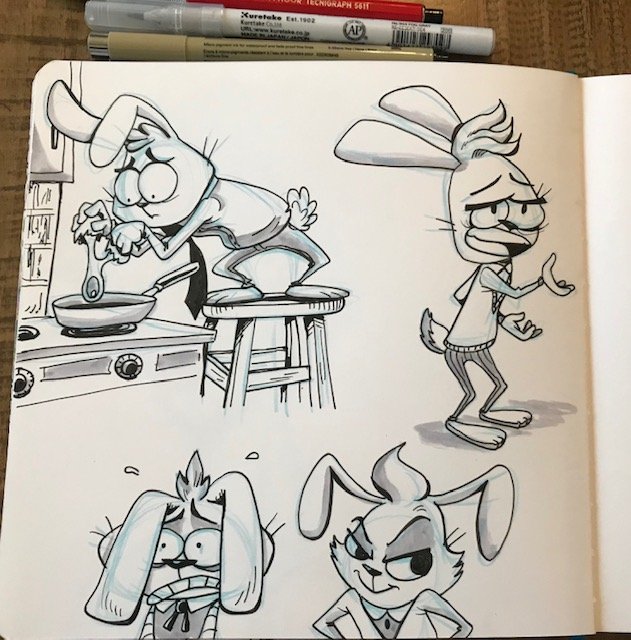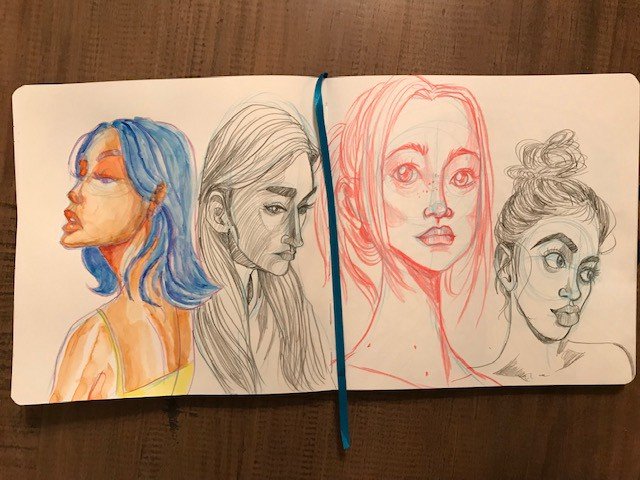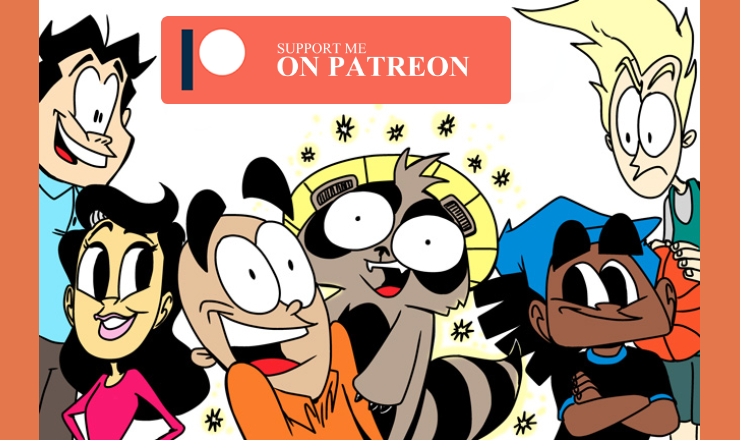Let's make one thing crystal clear. I'm a Batman fan. Unlike most people, I actually read the comics and watch the movies and animated series. In fact, as a comic artist myself, I love drawing Batman.
The only problem? I'm kind of tired of him.
We've had way too many Batman movies, and in just the last ten years, we've had Ben Affleck and Christian Bale play the caped crusader in the films.
Moving aside from Affleck, I loved Bale as Batman in The Dark Knight, Christopher Nolan's second film in his series. Perhaps, you'll agree that it's one of the best Batman movies ever made. Pitting him against Heath Ledger's masterful take on the Joker is legendary.
As much as I love seeing Batman do his thing, I felt we should have had at least 3–5 years without new Batman films after Nolan's run. Give us a break, and build up anticipation for seeing him again.
The Justice League movies pulled Affleck out as a hefty Bruce Wayne, inspired by Frank Miller's Dark Knight, breaking bones and whispering raspy to give us a mediocre Bats performance.
Enough. I was done. Time for a Batman pause, don't you think Hollywood?
Nope. The money is just too good. They had to keep the train moving and announced a new film with Twilight actor Robert Pattinson as The Batman and directed by Matt Reeves—known for the Planet of The Apes films.
What?! Are you kidding me? Pattinson? That skinny, whiny dude? No way I'm watching that one. I guessed Hollywood figured people would spend money on a Batman movie no matter who's playing him.
Before watching The Batman
With Pattinson playing Bruce Wayne, I lost interest. It felt like anyone could play Batman nowadays. If just anyone can fit the role, why not get Channing Tatum or Finn Wolfhard—the kid from Stranger Things. As a Black man, I'd love to see Jaden Smith take on the caped crusader. Heck, let's go ahead and break the ground wide open, dig deeper.
Hint. Hollywood didn't.
So, when The Batman came out, I decided there was no way I would see it.
The trailer of him walking up to a gang with Joker painted faces and beating the crap out of them made him look like a psycho. And a bit silly. The scenes with Detective Gordon looked like they were trying too hard to look dark and gritty.
In my mind, I was okay with missing this one. Plus, the fact that it's three hours long! My issues with these saga-length movies recently were discussed thoroughly in a previous article about how they’re too damn long.
I avoided it the first month it was out. Then, my birthday came up, and I needed something fun to do for myself. As a husband and father, I rarely get out of the house for something only I want to do.
Looking up the reviews of The Batman, I discovered the critics were pretty happy with it overall. They said it was a bit too dark, with no jokes or light moments, but a pretty decent movie.
As a gift to myself, I decided to try the movie. If it sucked, I could write a review on Medium and make it an excuse to get my frustration out through the craft of writing. I am a Batman fan, after all.
After watching The Batman
I loved it. That’s right, I was hating on it before and was nervous it would be the worst three hours of my life, but surprisingly, I thoroughly enjoyed The Batman.
Yes, it was dark, sad, heavy, and they made Bruce Wayne look like a weirdo, but I like this take on him. If you think about it, a guy running around in a bat suit fighting crime is crazy.
For the first time, they addressed that he’s a billionaire orphan who thinks he has it the worst because his parents were killed. A tragedy to happen to anybody, but he can still live a privileged life. So many people have to go through worse, and it doesn’t drive them to become reclusive vigilantes.
Pitting him against The Riddler was interesting because it allowed us to see more of a detective Batman, still figuring out how the Gotham city underworld works. It’s only two years after Bruce started going out as Bats, so he keeps having to decide who he is and what to do at every turn.
The action scenes were pretty good, but I felt it looked a bit similar to The Dark Knight, but it is Batman, so there are certain things he has to do in the movies. I loved Zoe Kravitz as Catwoman, and her performance brought the whole film together for me, and the world wouldn’t have worked without her.
The cinematography was gorgeous, and it’s a movie I will buy and watch while drawing. I could put it on in the background, mute the sound, and enjoy watching the images as I write and create to keep my energy up.
I went to the restroom once during the film. But all in all, the three hours moved by quickly. They needed the time, and I’m glad they used it. When I was in high school, I dreamed of a dark Batman movie, and my young dream came true with The Batman.
Sometimes movies aren’t always what they seem
You can’t judge a movie by its trailer. At least not always. I’m pretty good at detecting a stinker from watching the previews, but this surprised me. If you’re a Batman fan and on the fence whether or not to spend the time to see it, I say go.
You can wait until it’s streaming online somewhere, and it will be worth your time. I’m glad I saw it in the theater, though, and it was more dynamic to watch the action scenes on the big screen.
I’m willing to admit I was wrong. The Batman is a good take on a character done to death. The movie showed me how you can still make characters fresh and breathe new life into them.
I’m looking forward to the sequel and where they’ll take Pattinson next.
Want more? If you’re struggling with doing original work, click here to join my (free) email list, and through comics, articles about culture, and living your truth, you can upgrade your mindset and share your art with the world.


